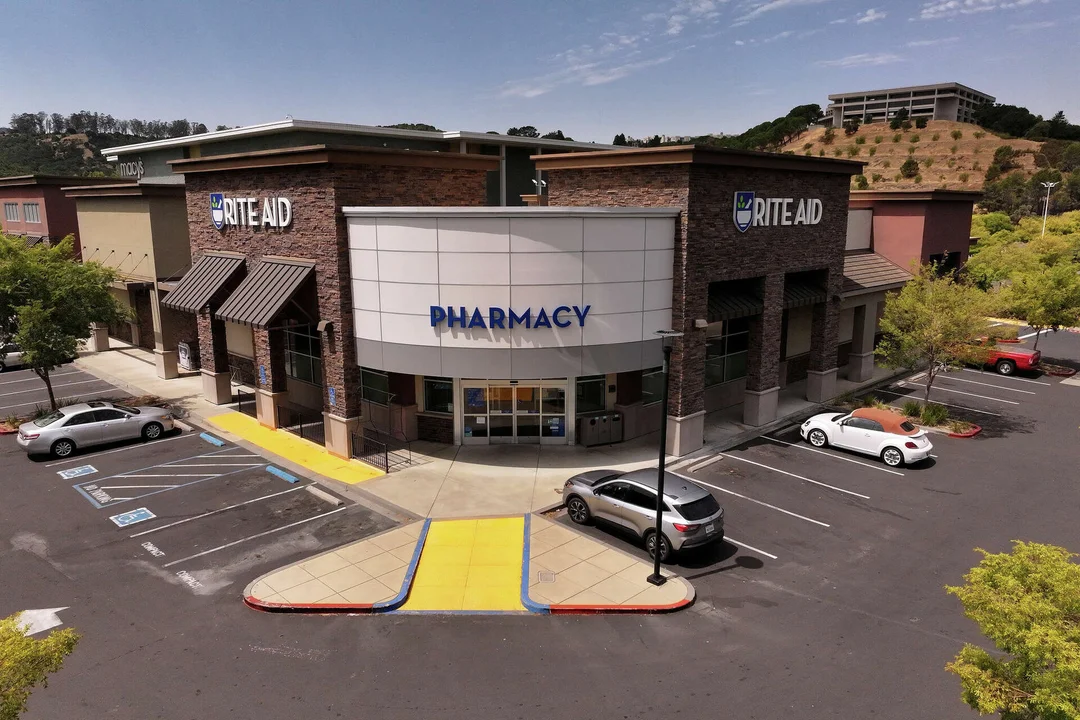
Is Your Local Pharmacy Disappearing? The Shocking Truth Behind Rite Aid’s Closures
In a move that has left communities across the United States reeling, pharmacy giant Rite Aid is on the brink of shuttering hundreds of stores nationwide as it navigates its second bankruptcy filing. This development raises critical questions about access to essential healthcare services and the future of retail pharmacy chains in an evolving market.
The crisis began unfolding last week when Rite Aid announced plans to close or sell off 'substantially all of its assets,' including pharmacies and distribution centers. With over 1,240 stores in 15 states, the company is prioritizing the transfer of prescriptions to other providers to minimize disruption for customers. Rite Aid's CEO, Matt Schroeder, emphasized in a statement that ensuring 'uninterrupted pharmacy services' remains a top priority amid these challenges. He attributed the closures to financial strains intensified by the rapidly changing retail and healthcare landscapes, noting encouragement from potential buyers.

Specifically, California is poised to feel the brunt of these closures, with at least 15 stores in the Bay Area at risk, including locations in Chico, Long Beach, and San Jose. A full list of initial closures in the state includes addresses like 220 W. East Ave. in Chico and 1550 Hamilton Ave. in San Jose. This wave extends beyond California; Connecticut shoppers were caught off guard when stores in Cheshire and Danbury suddenly shut down, forcing prescription transfers to nearby CVS locations. Customers like Claire Newell expressed frustration, noting the loss of personalized service from familiar pharmacists.
Comparisons to other pharmacy chains underscore a broader industry trend. Rite Aid's situation echoes recent closures by Walgreens and CVS, which have also reduced footprints in areas like San Francisco. Experts, such as Quinnipiac University Professor Patrice Luoma, point to mounting debts and supply chain issues as key factors. 'High debt makes it impossible to maintain inventory,' Luoma explained, highlighting how vendors impose strict terms on bankrupt entities. Since October 2023, Rite Aid has already closed over 520 stores, and the latest announcement adds at least 47 more in states like Pennsylvania, Massachusetts, and Oregon.

Amid these changes, practical impacts are immediate: Rite Aid has halted its rewards program and will no longer accept gift cards or process returns after June 5. For employees, this means potential layoffs, as seen in San Jose where 16 workers were affected by a recent closure. Analysts warn that this could exacerbate healthcare access issues in underserved areas, where fewer pharmacy options remain.
As Rite Aid pursues sales to national and regional buyers, the fate of its remaining stores hangs in the balance. This saga not only reflects economic pressures but also prompts a reevaluation of consumer reliance on big-box pharmacies versus local alternatives.
In summary, Rite Aid's closures signal a seismic shift in the retail landscape, potentially leaving millions without convenient access to medications and services. What does this mean for your community? Share your experiences in the comments below and let us know how these changes are affecting you—whether you're a loyal customer or have insights on the evolving healthcare market.